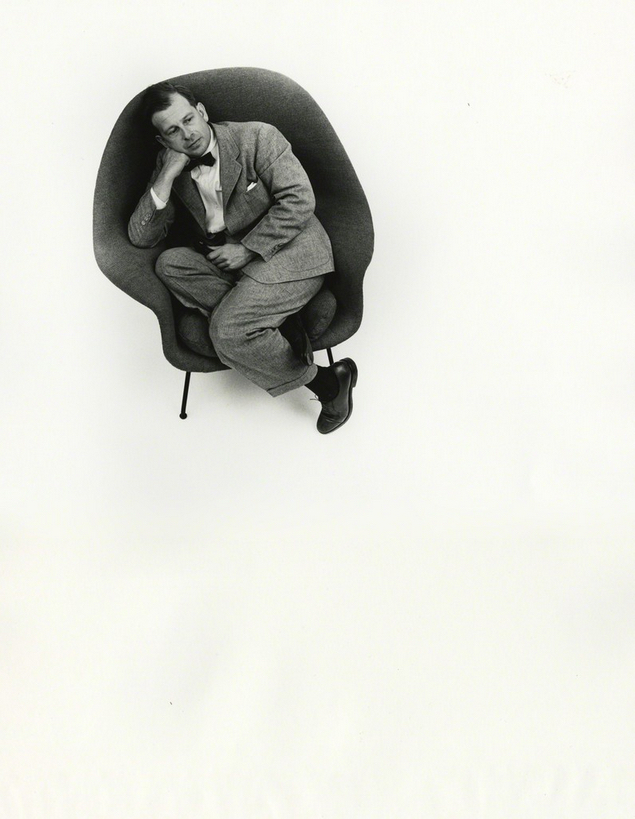
Para Arnold Newman, poner el mismo énfasis en el entorno del sujeto era tan importante para la producción de un gran retrato.
A mediados del siglo pasado, los retratos de Newman estaban en las portadas de algunas de las revistas más famosas. Llegó a ser conocido como uno de los pioneros del Retrato de Ambiente (aunque a él mismo no le gustaba el término). En los retratos de este tipo, el entorno de los sujetos, ya sea su casa o lugar de trabajo, debe ser capaz de transmitir una sensación de lo que el sujeto es. Así pues, aun sin saber quién es el sujeto, un lector puede identificar al artista en su estudio, o un músico en el teclado, o un presidente en su escritorio.
Newman insistió en que la imagen de una celebridad o un político por sí mismo no sería tan significativa como una tomada en el lugar de trabajo del sujeto. Más aún, cualquier cosa atrapada en la toma debe ser capaz de comunicar al espectador revelando algo sobre el sujeto. Como él mismo dijo: “El entorno tenía que añadir a la composición y la comprensión de la persona. No importa quién fuera el sujeto, tenía que ser una fotografía interesante.”
//
For Arnold Newman, placing equal emphasis on the subject’s environment was just as important to producing a great portrait.
By the middle of the last century, Newman’s portraits were on the covers of some of the most famous magazines. He became known as one of the pioneers of Environmental Portraiture (although he himself did not like the term). In portraits such as these, the subjects surroundings, be it their home or workplace, must be able to convey a sense of what the subject is like. Thus, even without knowing who the subject is, a reader can identify the artist in his studio, or a musician at the keyboard, or a president at his desk.
Newman insisted that a picture of a celebrity or politician by himself wouldn’t be as meaningful as one taken in the subject’s workplace. Moreover, anything caught in the frame should be able to communicate to the viewer something revealing about the subject. As he put it, “The surroundings had to add to the composition and the understanding of the person. No matter who the subject was, it had to be an interesting photograph.”
(via: http://reelfoto.blogspot.com.es/)









Compartir esto // Share this:















